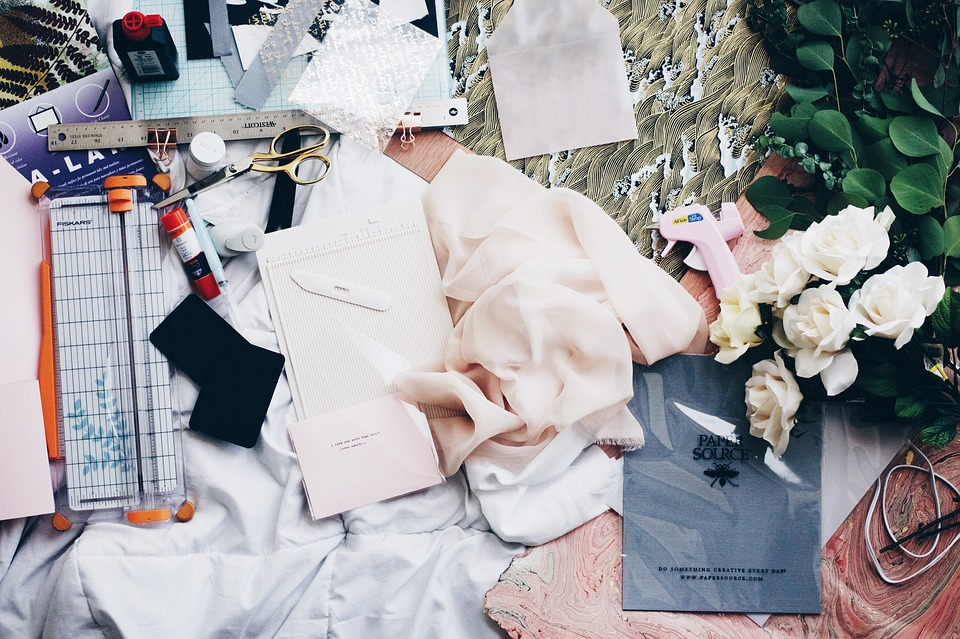Understanding the Concept of Fabric Selection for Garment Manufacturing
Proper fabric selection is an essential task for garment making. Putting into consideration that fabric is the fundamental material for manufacturing clothes. The quality of the fabric influences not only the apparel’s standard but also the convenience of which a garment structure can be made from smooth fabric.
Selection is one challenging task for most manufacturers. Thus, understanding the properties of every chosen fabric that affects the manufacturing process is important. Setting the appropriate fabric quality is an essential aspect of garment range making.
Below are things you need to understand when it comes to proper fabric selection for garment making.
Fabric Overview
Fabric is comprised of numerous fibers. These fibers are twisted into yarns and then knitted together to create a fabric length. They can also be woven into a web and pressed together using circular knitting machines.
Garment fabric can either be created from one or more fibers and may have a distinct finish. There are a lot of fabrics you can choose from. Not to mention, new fabrics are being made almost every time.
Specifications For Fabric
Fabric specifications are a detailed list of required materials for the chosen fabric. Oftentimes, it is made by manufacturers instead of the designer. Hence, designers understand that there are limits when choosing fabrics for prototype garments.
Choosing the Right Fabric
There are several factors to take note of when choosing the right fabric. This includes:
- The outcome when it is made into a garment.
- The overall cost you need to spend on the fabric.
- The current trending fashion style.
- Products that other designers may choose for a similar product.
- Customer/company demands of your fabric choice.
- The fabric types that are available for you.
- The availability of fabric patterns or colors for your garment design.
- Any special elements you would like to have for your fabric.
- Fabric choice affecting the product’s quality and care.
- Any additional equipment required to work with the chosen fabric.
Your decisions can either make or break the design and/or quality of your garment. Thus, don’t take fabric specifications too lightly.
Fabric Selection Scenarios
These are major key points to remember when selecting fabrics for your garments.
Baby Garments
As we all know, babies’ skin are delicate and sensitive. The exact reason why infant garments should be soft and supple. With this, fabrics that are knitted and soft are mostly recommended. Synthetic fabrics may cause irritation since it is not absorbent.
Image source: https://www.pexels.com/photo/close-up-of-pink-indoors-325867/
Preschooler
Kids under the age of 3-4 years will become interested in clothes. Hence, proper selection should be made since your kids will most likely learn through selection of clothes. Colors that are bright are mostly their favorite. Preschool clothes should be durable, appropriate, and comfortable to wear.
Adults
Adult clothes should be smooth, absorbent, and comfortable. Cotton, satin, poplin, or rayon fabric types are preferred. Thick variety of cotton fabric material is ideal for children’s petticoats.
Fabric Categories
The garment’s appearance is greatly determined by the type of fabric used for production. To select the right one, you should have a basic knowledge with proper fabric making and different types available for purchase in the market. Below are the major textile categories you should know.
Woven Textile
This type of fabric is made from two or more yarn sets woven together at right angles. This is also more durable unlike other types. It can be cut easily into various shapes and is best for creating stylish clothing.
Lace Textile
A lace fabric consists of multiple yarns or threads made into complex garment designs. It is created for beauty and fashion. Moreover, laces are made out of yarns woven together in a complicated way than other methods of creation. They are quite pricey, especially the handmade ones. Laces are often used as apparel and home furnishing trimmings.
Knitted Textile
Knitted fabrics are produced by yarns interconnecting each other using yarn needles. Fabrics of this type can be produced quickly and easily compared to woven types. They are lightweight, comfortable, and require little maintenance to keep their appearance neat. In short, they are wrinkle-resistance which give them an edge in the market.
Image source: https://www.pexels.com/photo/assorted-color-yarn-lot-2767689/
ElectronicTextile
Fabrics that can accommodate to external factors without human involvement are known as smart or electronic fabrics. These types can react, adapt, and sense specific conditions. However, there are triggered factors that can affect smart textiles. Below are some of them.
- Moisture
- Heat
- Light
- Other external conditions
Conclusion
Understanding different fabrics is one great way for you to know which type is best for your garment manufacturing. Not only that, each fabric holds its own unique features suitable for various human needs. What’s important, you’re producing garments that will not only bring your good revenue, but also make wearers comfortable.
References:
https://textilecourse.blogspot.com/2018/05/fabric-specification-performance.html

